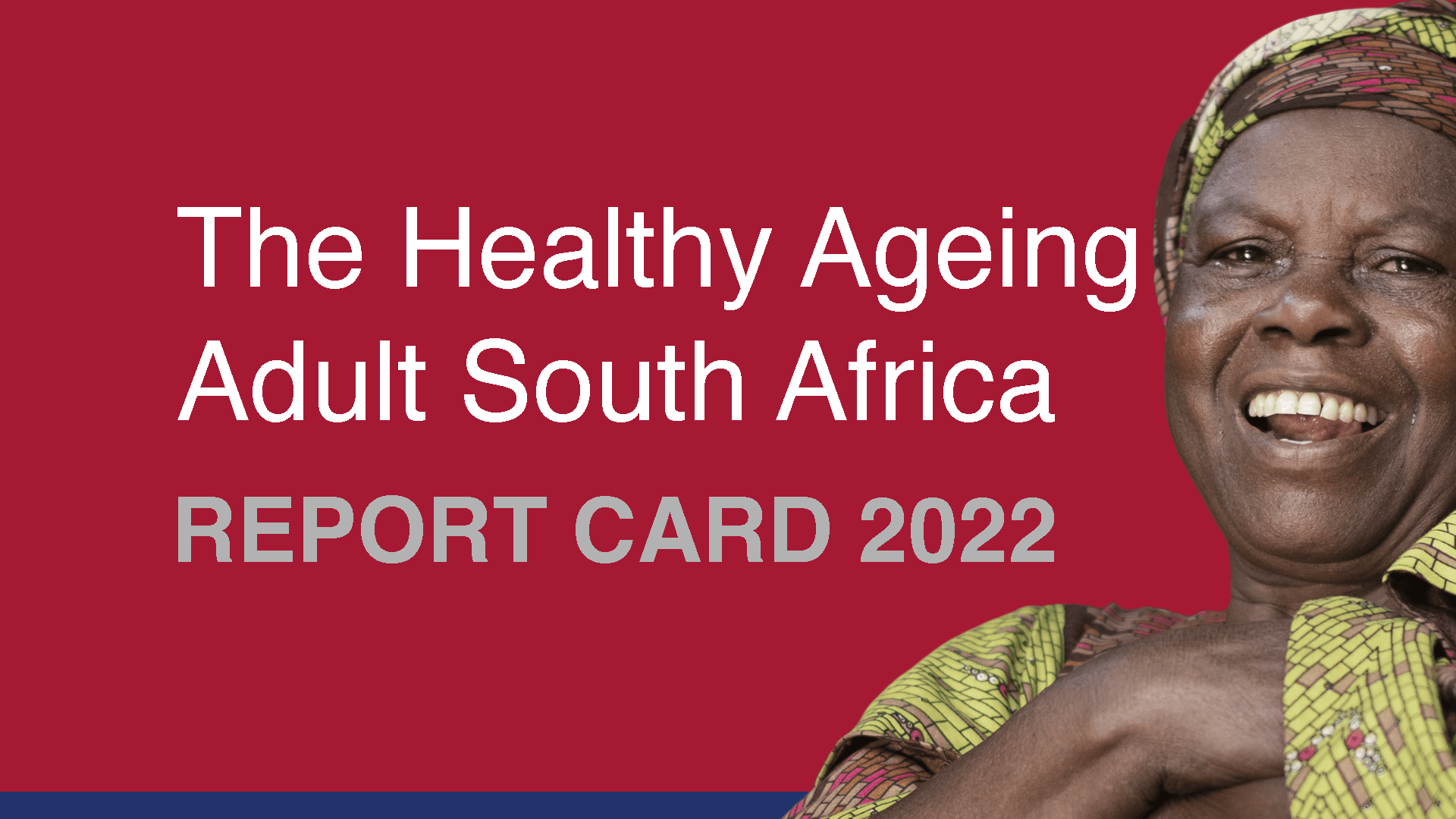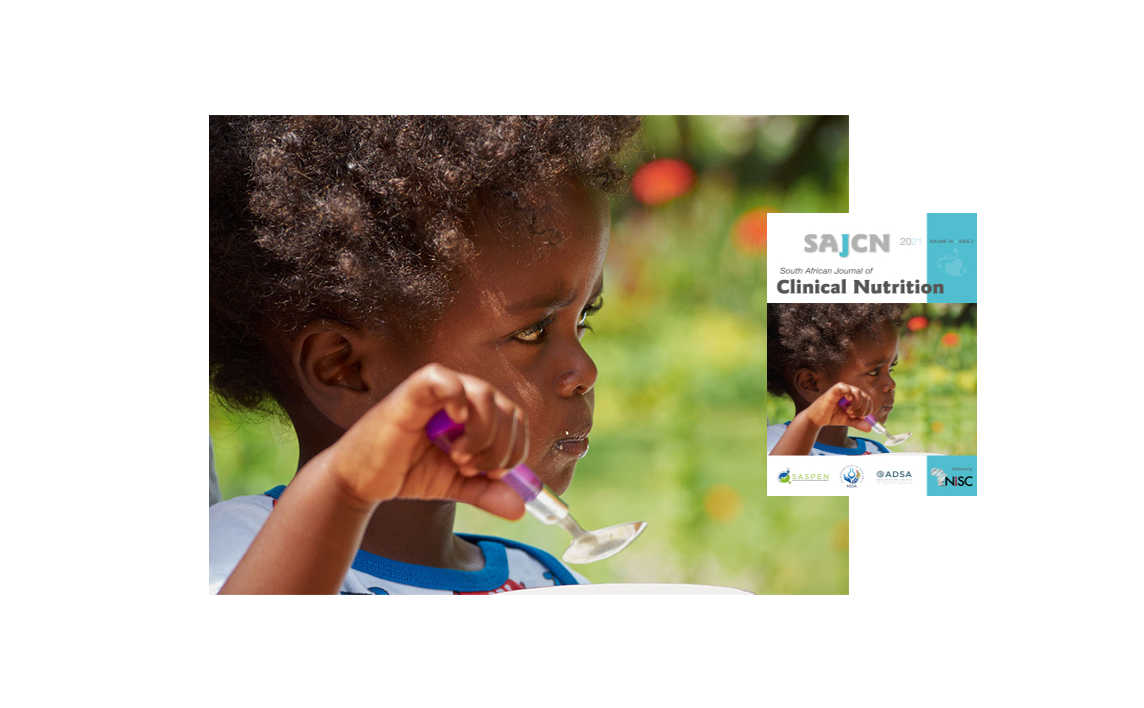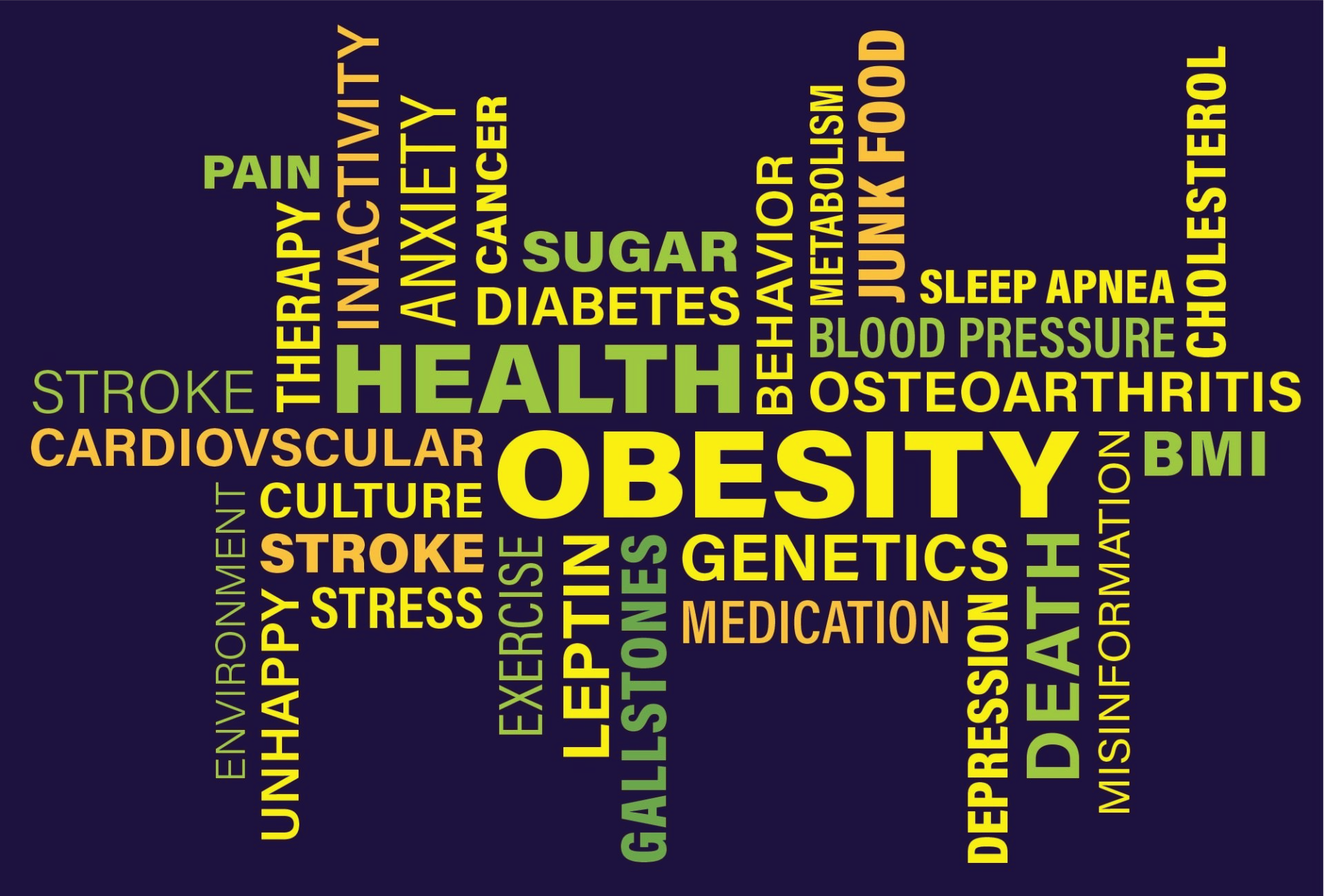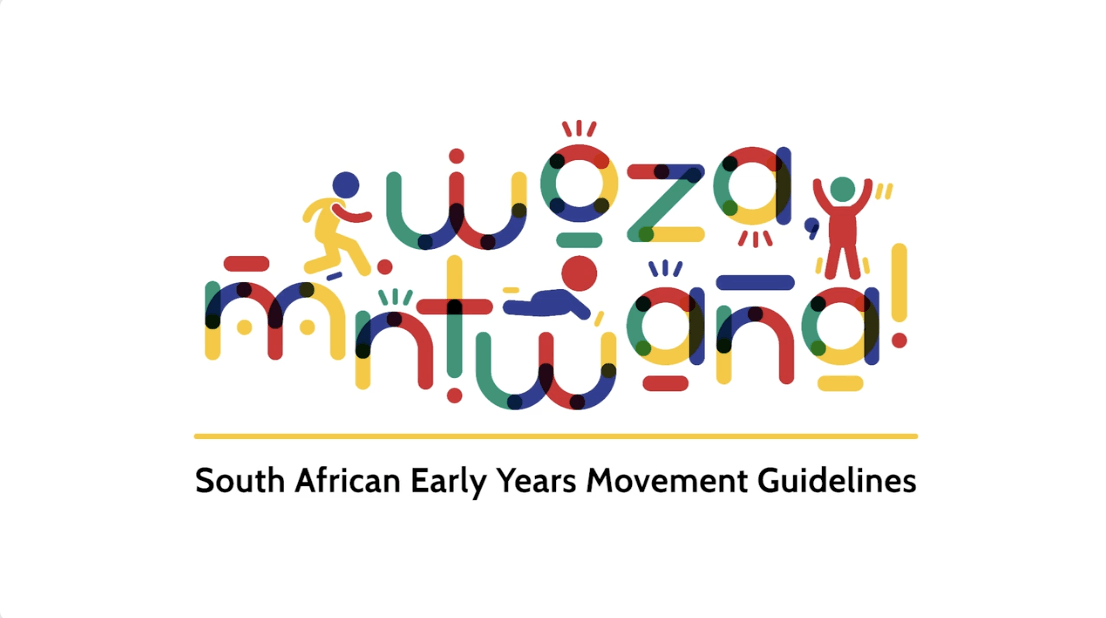BMI: How to calculate Children's BMI
by ACTION
Obesity and overweight in children are also measured on the basis of body-mass-index (BMI).
However, interpretation of BMI scores is treated differently for children and adolescents. Weight categories are defined in relation to WHO Growth Standards – a child is defined as overweight if their weight-for-height is more than two standard deviations from the median of the WHO Child Growth Standards.
| Category | BMI range - kg/m2 |
|---|---|
| Underweight | <5% |
| Healthy weight | 5% - 85% |
| At risk of overweight | 85% - 95% |
| Overweight | >95% |
Obesity and overweight in children are also measured on the basis of body-mass-index (BMI). However, interpretation of BMI scores is treated differently for children and adolescents. Weight categories are defined in relation to WHO Growth Standards – a child is defined as overweight if their weight-for-height is more than two standard deviations from the median of the WHO Child Growth Standards.
The World Health Organisation reports that the share of children and adolescents aged 5-19 who are overweight or obese has risen from 4% in 1975 to around 18% in 2016.8
In the map here we see the share of very young children – aged 2 to 4 years old – who are overweight based on WHO Child Growth Standards. In many countries as many as every third or fourth child is overweight.
BMI is also recommended for use in children and adolescents. In children, BMI is calculated as for adults and then compared with z-scores or percentiles. During childhood and adolescence the ratio between weight and height varies with sex and age, so the cut-off values that determine the nutritional status of those aged 0–19 years are gender- and age-specific.
The cut-off points of the 2006 BMI-for-age reference for children aged 0–5 years for the diagnosis of overweight and obesity were set as the 97th and the 99th percentile, respectively. For those aged 5–19 years, overweight is defined as a BMI-for-age value over +1 SD and obesity as a BMI-for-age value over +2 SD.For children and young people aged 2 to 18, the BMI calculator takes into account age and gender as well as height and weight.
Overweight children are thought to be at increased risk of a variety of health conditions, and they're also more likely to be overweight as adults.
See a GP if you're concerned about your child's weight. They may be able to refer you to your local healthy lifestyle programme for children, young people and families.
More about Obesity & Resent Articles and Events
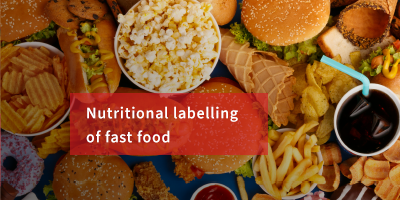
Obesity rates are rapidly increasing in the African Region, as in most parts of the world.
There is a common misconception that obesity and other noncommunicable diseases (NCDs) only occur among the wealthy.
Strategy for the prevention and control of Obesity in South Africa - 2015 - 2020
Act today for a healthier future. HSF supports the World Obesity Federation (WOF) in the initiative to stimulate and support practical actions to address obesity.
ACTION
African Centre for Obesity Prevention
PARTNERS
Join our growing list of partners, including:
Preventing obesity for a healthier tomorrow
Business Hours
- Mon - Fri
- -
- Sat - Sun
- Closed
About Us
Contact
Office:
+27 10 447 3721
E-mail:
